Walking a labyrinth is a centuries-old practice that centers the mind, soul and spirit. If your neighbors are looking more relaxed, perhaps they visited the labyrinth set up in Waveland last week.
- by Wendy Sullivan and Chaplain Jo Kirkendall Walking the labyrinth is a centuries-old spiritual exercise found in most major religions. The Reverend Dr. Lauren Artress, one of the leading experts in labyrinth work, offers this description: “The labyrinth is a spiritual tool that… reduces stress, quiets the mind and opens the heart. It is a walking meditation, a path of prayer and a blueprint where psyche meets Spirit.” Labyrinths have developed over the centuries with different patterns and materials. Some, like the labyrinth in Audubon Park in New Orleans, are permanent installations in public or spiritual settings. Others may be created on materials designed to be portable. There are famous patterns such as the Chartres which is imbedded on the floor of the Chartres Cathedral in France. One called the Classical or Cretan pattern was found on the Cretan coins from ca. 400- 500 BC. Patterns have been adapted and modified for participants with limited mobility or wheelchairs. The oldest Labyrinths that we know of were carvings in stones in northern Spain. Sweden has the most historical labyrinths. Modern labyrinths are developed to adjust to a variety of settings and participants. In addition to use in spiritual settings, labyrinths are now finding the way into healthcare facilities and public parks. There are even finger labyrinths for people to use in their personal situations. Labyrinths are a sensory integration tool involving the mind, the body, and the spirit. Often confused with a maze, a labyrinth has a single path to the center and back out, while a maze is more of a puzzle. It has an entrance and an exit, dead ends and high walls. Unlike a maze – where you go to get lost, you walk a labyrinth to find yourself. There is no navigational challenge, so it allows participants to reflect inward. There are several recognized benefits from labyrinths. Walking or using a finger labyrinth can help calm the nervous system and reduce stress and anxiety. A labyrinth practice can help restore balance, improve creativity, quiet the mind, reduce pain and, in some cases, even reduce blood pressure and heart rate. As one enters a labyrinth, daily concerns can be suspended or let go. Arriving at the center, participants may be renewed and receive what is there to be received through meditation, prayer or centering oneself. The journey out of the labyrinth allows for a return to the community, strengthened or renewed. On the first weekend of November, Gulfside Assembly in Waveland, MS, partnered with the Biloxi VA Chaplain Services and Sullivan Breathworks to offer the community an Open Labyrinth Walk Day. From 10 am until noon, three portable labyrinths were laid out for walking. Guidance on the practice of walking a labyrinth was made available. More than a dozen people attended and participated. The next public Labyrinth Walk in Waveland is tentatively scheduled for Saturday, March 4, 2023. More information is available at the Gulfside Assembly website, https://gulfsideassembly.org, or from Chaplain Jo Kirkendall at the Biloxi VA, (228) 523-4654. Check back with the Shoofly’s Community Calendar after the first of the year for updates! Enjoy this feature? Comments are closed.
|
Categories
All
Archives
July 2024
|
Shoofly Magazine Partners
Our Shoofly Partners are local businesses and organizations who share our mission to enrich community life in Bay St. Louis, Waveland, Diamondhead and Pass Christian. These are limited in number to maximize visibility. Email us now to become a Shoofly Partner!

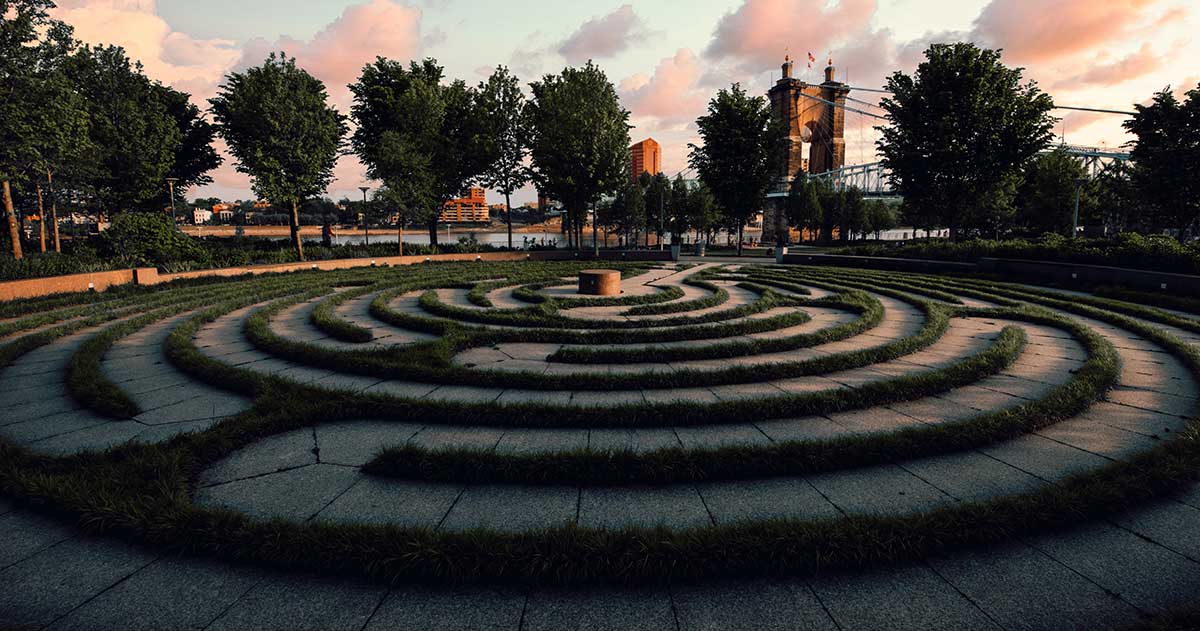
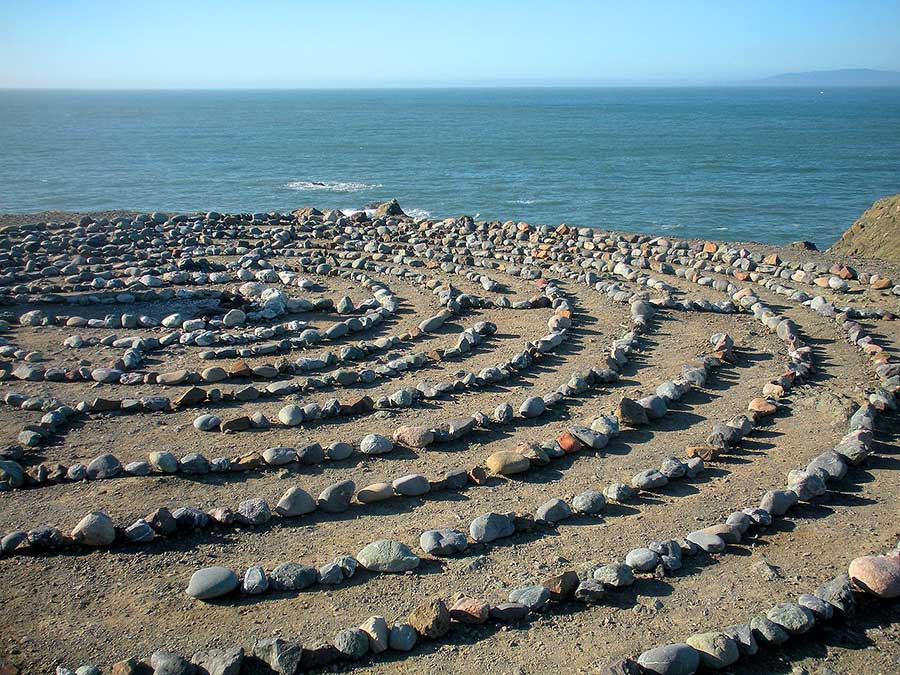
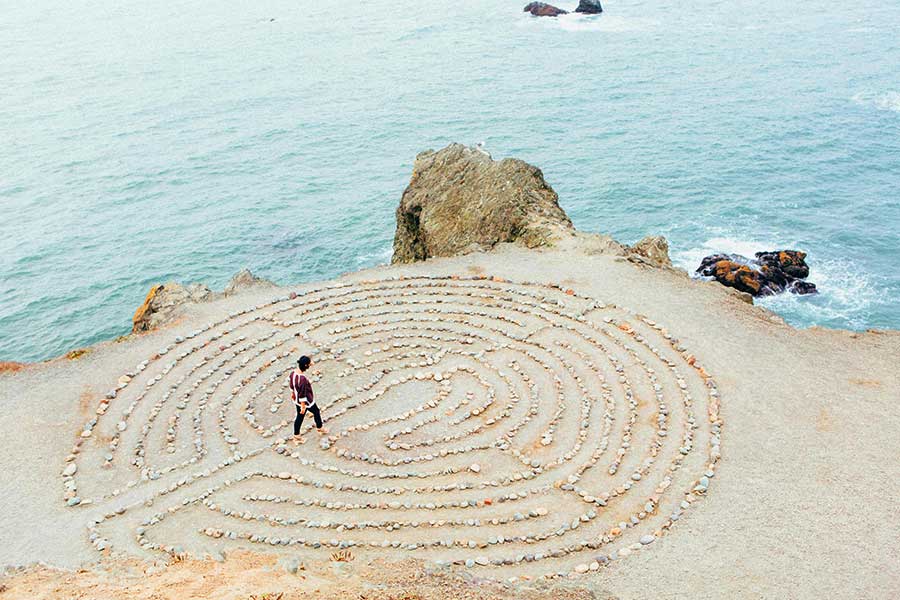
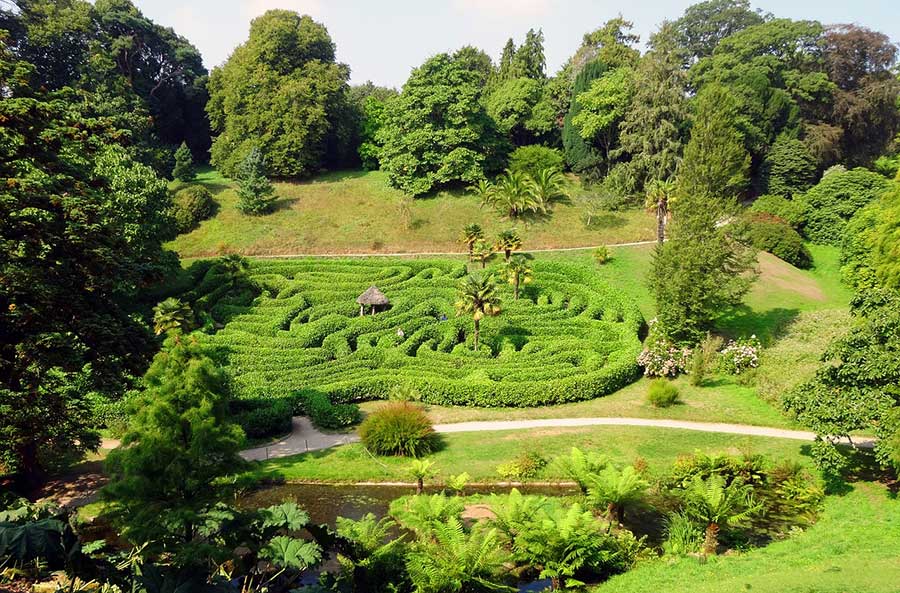
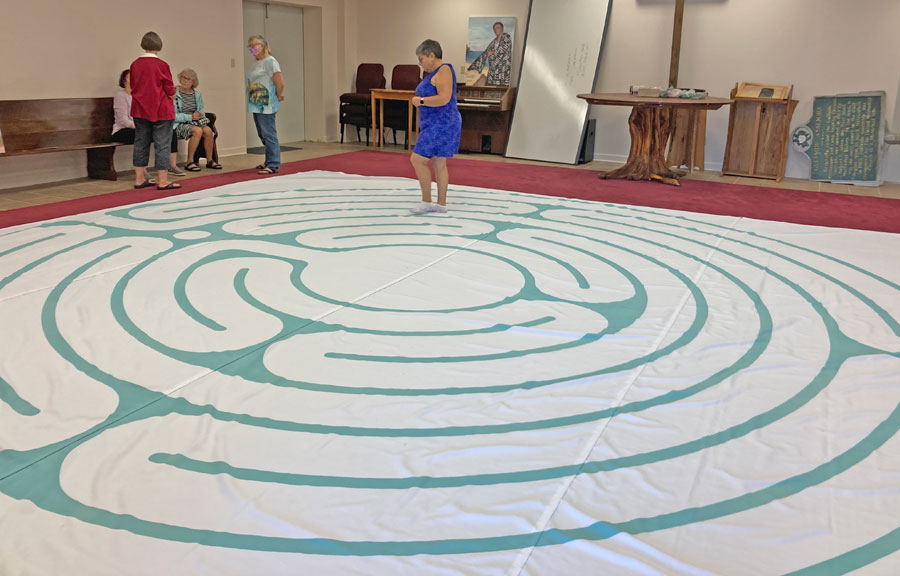
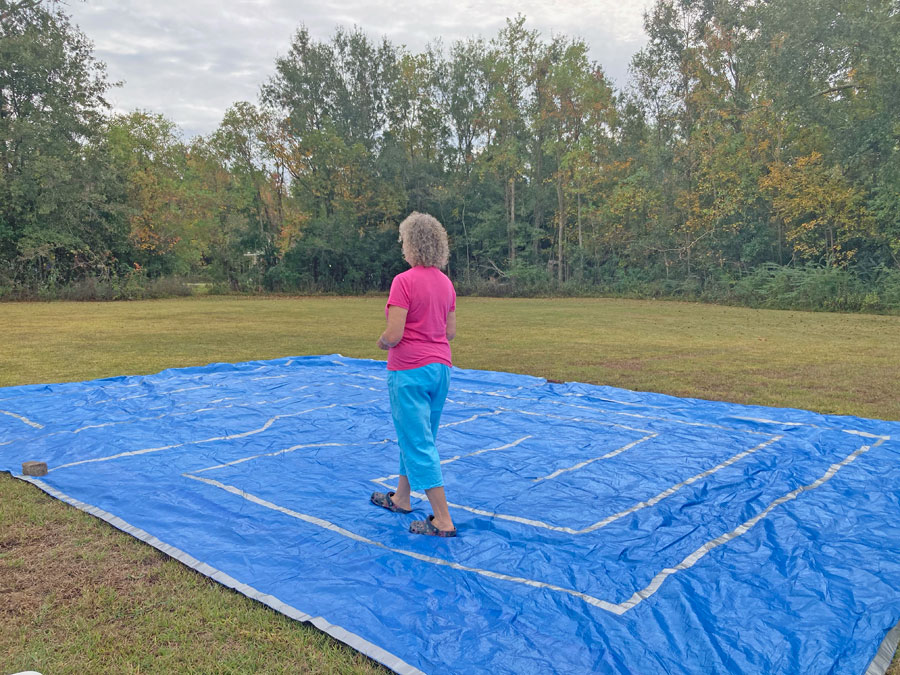


























 RSS Feed
RSS Feed























